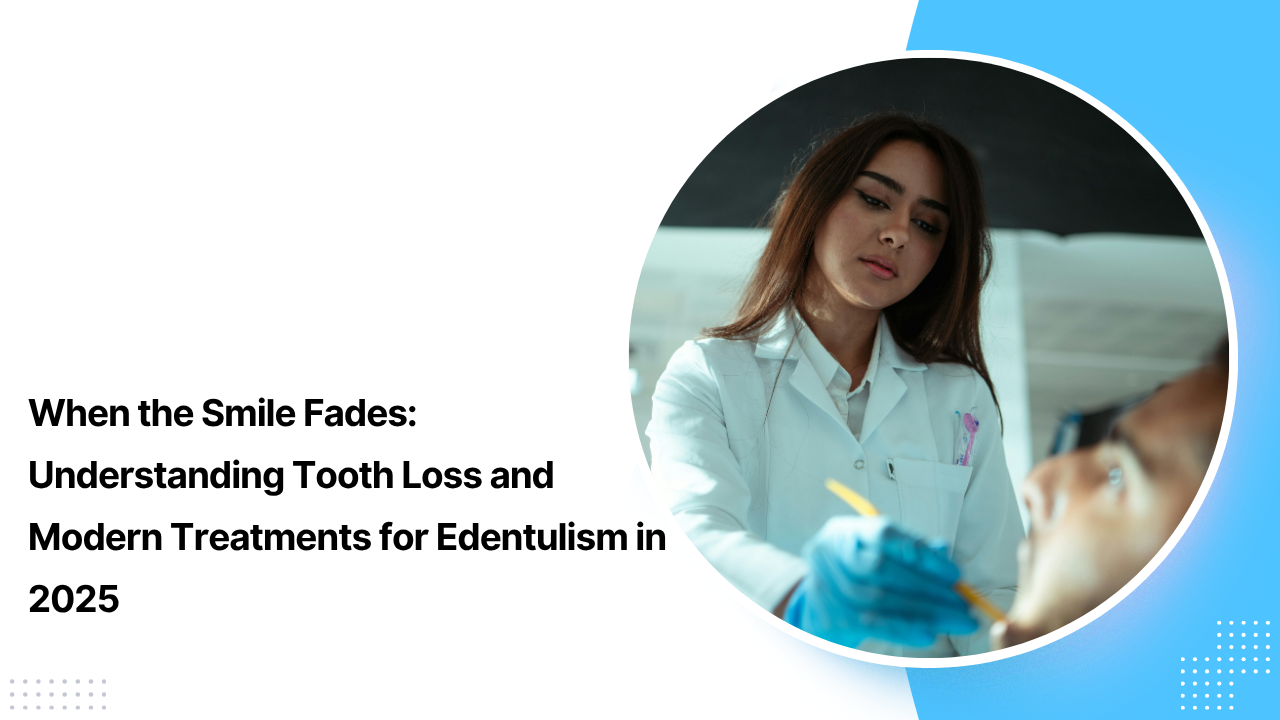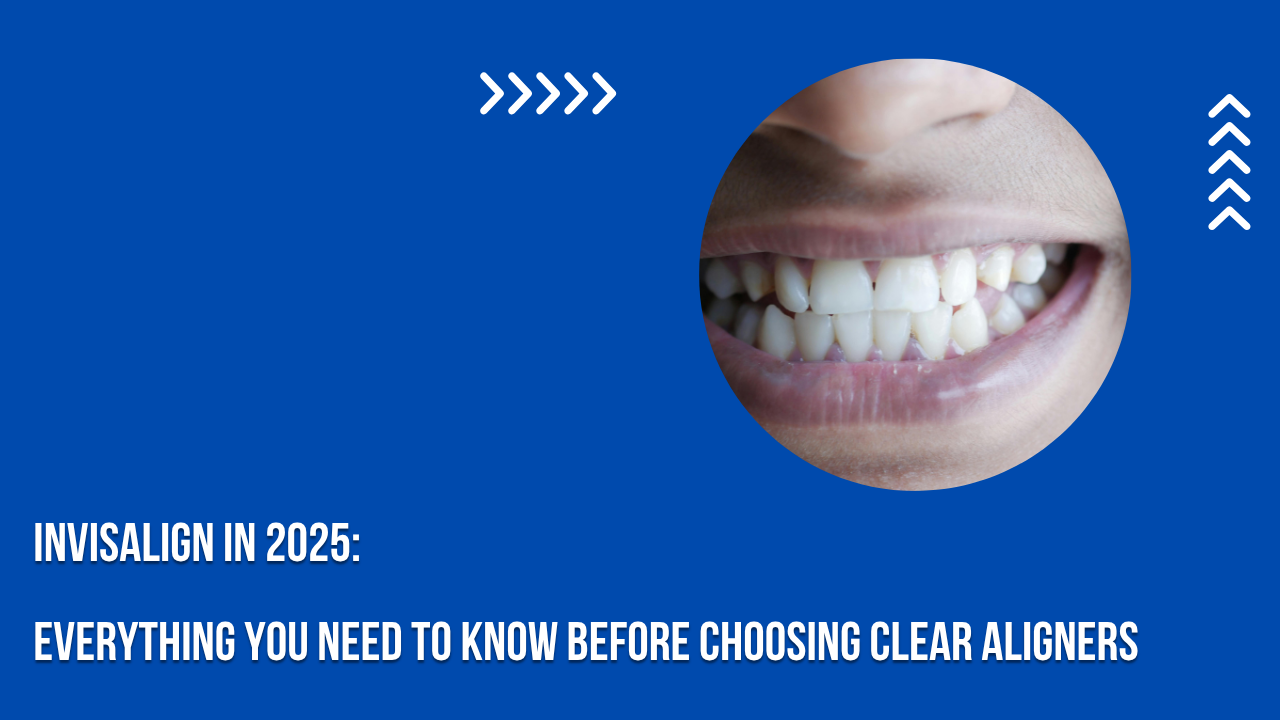You may have heard of Invisalign—those amazing, almost invisible aligners that claim to straighten your teeth without the inconvenience of metal braces. Sounds appealing, doesn’t it? However, if you’re reading this, you might be curious about something more particular…
“Can Invisalign address my bite issue? Or is it solely for improving the appearance of my teeth?”
That’s a valid question, and you’re not the only one wondering. Many individuals are unsure about the capabilities of Invisalign. So, let’s clarify it together in simple terms, avoiding any complex dental language.
First of All… What Exactly Is a Bite Problem?
Let’s take a moment to reflect. When we refer to “bite problems,” we are essentially discussing the alignment of your upper and lower teeth when your mouth is closed.
Ideally, they should fit together seamlessly, much like interlocking puzzle pieces. However, for many individuals, this is not the reality. Here are some potential issues:
- Overbite: Your upper front teeth excessively overlap your lower teeth.
- Underbite: Your lower teeth protrude in front of your upper teeth.
- Crossbite: Some upper teeth sit inside your lower teeth when biting.
- Open bite: Your upper and lower teeth do not make contact when your mouth is closed.
- Deep bite: A severe form of overbite that results in significant vertical overlap.
These problems are not merely aesthetic; they can impact your ability to chew, speak, and breathe, and may even lead to headaches or jaw discomfort if not addressed.
So… Can Invisalign Fix That?
In short, yes, it can help. However, it’s important to note that the effectiveness depends on the severity of your bite issue and its underlying cause.
Initially, Invisalign was primarily suggested for straightforward cases, such as slight crowding or gaps, and it gained popularity for offering a metal-free alternative. Over time, though, Invisalign has significantly advanced. With innovations like 3D treatment planning and small attachments (tiny, tooth-colored bumps that assist in directing tooth movement), Invisalign is now capable of addressing a wider range of dental issues than before.
Let’s Talk Science for a Second (But I’ll Keep It Simple)
You don’t need to sift through academic journals to determine if Invisalign is effective for bite issues; researchers and orthodontists have already conducted the necessary studies.
Research published in reputable journals such as the American Journal of Orthodontics and the Journal of Clinical Orthodontics indicates that Invisalign is successful in treating mild to moderate cases of overbite, underbite, crossbite, open bite, and deep bite.
In fact, in numerous instances, it works as effectively as traditional braces. Surprising, isn’t it? Those clear aligners can achieve much more than you might think.
Bite Problems Invisalign Can Fix
Let’s break it down further. Here’s where Invisalign excels:
Overbite
This is a prevalent bite issue. Invisalign can gradually shift your upper teeth backward and your lower teeth forward to enhance your bite.
Underbite
If your underbite is due to the positioning of your teeth (rather than the jawbone structure), Invisalign can assist in realigning your lower teeth.
Crossbite
Invisalign can address certain types of crossbite, whether it involves a few teeth or many, particularly if the problem is dental rather than skeletal.
Open Bite
Clear aligners can help lower the front teeth or raise the back teeth, effectively closing the gap in the middle.
Deep Bite
Invisalign can correct moderate to deep bites by gradually adjusting the positions of your front and back teeth for a more comfortable fit.
However, it’s essential to be realistic. Invisalign may not be suitable for every bite problem. If significant jaw alignment corrections are needed, such as in severe underbites or open bites, you might require a more traditional treatment or even surgery. But for many individuals, Invisalign is often sufficient.
How Does Invisalign Work to Fix a Bite?
That’s a great question! No, it’s not just a matter of “put on this tray and hope for the best.”
Here’s a straightforward breakdown of the process:
1. Digital Scan – Your dentist or orthodontist will create a 3D scan of your teeth.
2. Custom Plan – They will use advanced software to design a detailed plan for the necessary movements of your teeth.
3. Series of Aligners – You’ll receive a set of clear aligners, each one slightly different from the previous one.
4. Attachments (Occasionally) – Small composite buttons may be placed on certain teeth to assist in precise movement.
5. Elastics (In Some Cases) – Rubber bands might be used to help correct bite alignment.
6. Time – Every one to two weeks, you’ll switch to a new aligner, gradually moving your teeth closer to the desired position.
Everything is carefully planned, and your progress is tracked throughout the process. Pretty impressive, right?
Okay, But Is It Comfortable?
Let’s be real: shifting teeth, regardless of the method, won’t be a relaxing experience. You will experience some pressure, particularly when transitioning to a new set of aligners. However, many individuals find Invisalign to be significantly more comfortable than traditional braces.
There are no metal components, no wires irritating your cheeks, and no brackets that can break. Instead, you have a smooth, well-fitting tray that effectively does its job while being hardly noticeable.
Additionally, since you can take them out while eating, brushing, or going out for a date, they integrate into your lifestyle much more seamlessly than conventional braces.
Invisalign vs Braces – A Quick Comparison
Let’s say you’re still torn between Invisalign and the old-school route. Here’s a simple comparison:
| Feature | Invisalign | Braces |
| Appearance | Clear and discreet | Metal and visible |
| Comfort | Smooth, no wires | Can irritate cheeks |
| Removability | Yes, for eating/brushing | No |
| Treatment Time | Similar, sometimes faster | Similar |
| Maintenance | Easier oral hygiene | Requires extra care |
| Best for | Mild to moderate bite issues | All bite types, including severe ones |
| Discipline Required | High (wear 22 hours/day) | Lower (you can’t remove them) |
So if your bite issue is mild to moderate and you’re disciplined enough to wear the aligners as prescribed, Invisalign could be a great option for you.
One Thing You Need to Know…
Invisalign only works if you wear it.
It may seem clear, but many individuals begin with enthusiasm and then become somewhat complacent, removing their aligners during meals and occasionally “forgetting” to replace them.
For optimal results and to properly align your bite, it’s essential to wear your aligners for a minimum of 20–22 hours each day. This includes wearing them throughout the day, while you sleep, and even during relaxed weekends at home.
How Long Does It Take?
To be honest, it varies. The rate at which teeth shift differs for each person, and the specific bite issue you have is a significant factor.
However, here’s a rough estimate:
- Minor adjustments, such as slight overbites or crossbites: 6 to 12 months
- Moderate corrections: 12 to 18 months
- More complicated situations: Up to 24 months
The most important thing is to stay consistent. Adhere to your treatment plan, and you’ll notice improvements sooner than you think.
What If You’re an Adult?
You may be asking, “Is Invisalign only for teenagers?”
Not at all! An increasing number of adults are opting for Invisalign since it seamlessly integrates into their professional and social lives without the awkwardness of traditional braces.
It’s always a good time to enhance your bite and safeguard your long-term dental health. Correcting your bite can also help avert potential problems such as enamel erosion, tooth fractures, and jaw discomfort.
So, whether you’re 18 or 58, as long as your teeth and gums are in good condition, you can consider Invisalign.
Final Thoughts: Is Invisalign Worth It for Bite Problems?
Let’s summarize everything.
If you’re experiencing a mild to moderate bite issue—such as an overbite, crossbite, open bite, or underbite—Invisalign is more than just a cosmetic treatment. It is a genuine orthodontic solution supported by research, technology, and numerous satisfied patients.
- It is effective.
- It is comfortable.
- It is discreet.
- It integrates well into your daily routine.
However, it will only be effective if you wear it consistently and adhere to the plan provided by your dental professional.
Can Invisalign fix bite issues?
Yes, it certainly can. It may be the smarter and simpler solution you’ve been searching for.
Want to Know If Invisalign Can Fix Your Bite?
If you’re feeling inquisitive or slightly hesitant, the easiest thing to do is to schedule a consultation. Your dentist or orthodontist can provide you with a virtual representation of how your teeth will shift and what your new smile might resemble.
It’s not solely about achieving straighter teeth; it’s also about enjoying the way you eat, smile, talk, and laugh.




